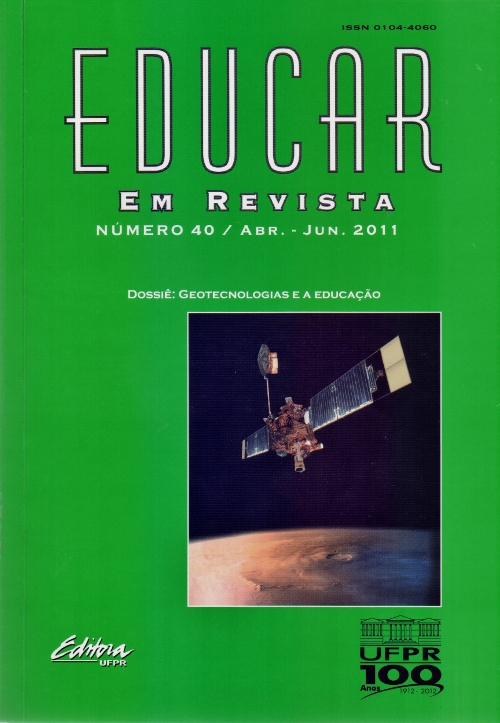Using Geographic Information Systems in sciences classrooms
Resumo
This qualitative study examines GIS use in two North Carolina classrooms and illustrates several GIS lessons that span the gamut of worksheet type lessons to independent student research. Using Geographic Information Systems, GIS, in the science classroom has a variety of benefits which the associated literature describes. The teachers in this study report that GIS is a technology that a wide range of students enjoy using. Visual learners find GIS a way to establish and communicate relationships that may be difficult for them to communicate with words and this makes their learning more enjoyable and rewarding. GIS use allows teachers to simplify many science concepts and again appeal to visual learners. Earthquake and volcano location relative to plate boundaries is a good example that is illustrated in a model lesson here. Additionally, GIS technologies allow students to practice and enhance their inquiry and problem solving skills. Students must select appropriate data layers, produce a map that communicates clearly to an audience, and calculate values like perimeter and area. GIS maps can be used to help students generate research questions and then answer those questions. An example student project is also included. GIS is a multi-faceted technology that is ready for use in the science curriculum.
Publicado
Como Citar
Edição
Seção
Licença
Todo o conteúdo do periódico está licenciado sob uma Licença Creative Commons do tipo atribuição BY.
Os Direitos Autorais para artigos publicados na Educar em Revista são do autor, com direitos de primeira publicação para a revista. A revista é de acesso público (Open Access), sendo seus artigos de uso gratuito, com atribuições próprias, em aplicações educacionais e não-comerciais.



